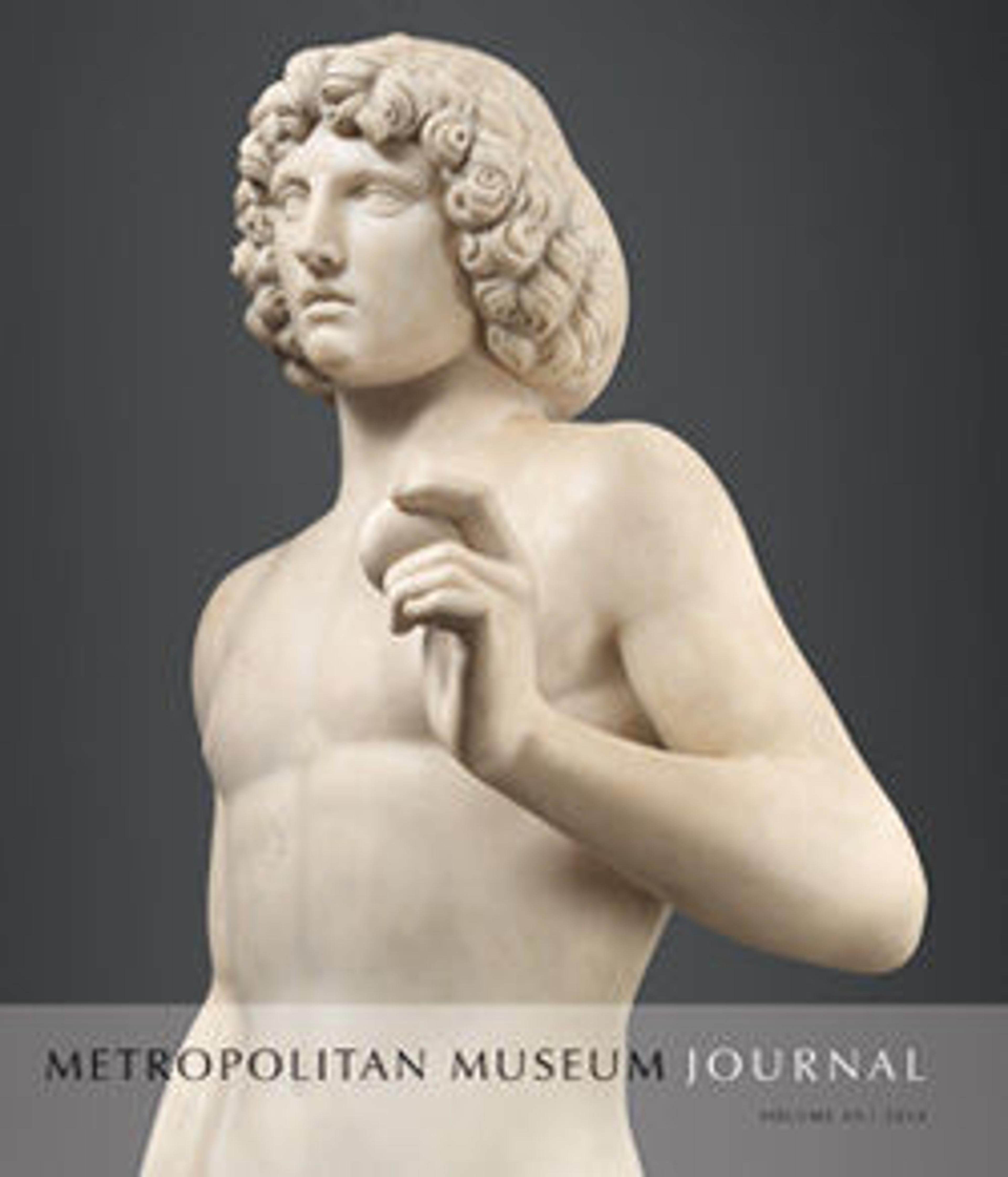Terracotta cinerary urn
The container depicts a fantastic head with bovine ears and wearing a Phrygian cap with wings. This soft, cloth cap was worn by the people of ancient Phrygia (modern central Turkey). Certain divinities, including Castor and Pollux, and heroes, including Paris, as well as Amazons, are often depicted wearing it. Other examples of this subject, made from the same mold, come from Chiusi, the likely site of manufacture for the entire group.. The dedicatory inscription in red paint is too poorly preserved to read.
Artwork Details
- Title: Terracotta cinerary urn
- Period: Hellenistic
- Date: 2nd century BCE
- Culture: Etruscan
- Medium: Terracotta
- Dimensions: Height: 17 1/4 in. (43.8 cm)
Other (Body): 8 3/4 x 13 1/4 x 7 1/8 in. (22.2 x 33.7 x 18.1 cm)
Other (Lid): 8 1/2 x 14 1/4 x 8 in. (21.6 x 36.2 x 20.3 cm) - Classification: Terracottas
- Credit Line: Purchase, 1896
- Object Number: 96.9.221a, b
- Curatorial Department: Greek and Roman Art
More Artwork
Research Resources
The Met provides unparalleled resources for research and welcomes an international community of students and scholars. The Met's Open Access API is where creators and researchers can connect to the The Met collection. Open Access data and public domain images are available for unrestricted commercial and noncommercial use without permission or fee.
To request images under copyright and other restrictions, please use this Image Request form.
Feedback
We continue to research and examine historical and cultural context for objects in The Met collection. If you have comments or questions about this object record, please complete and submit this form. The Museum looks forward to receiving your comments.
